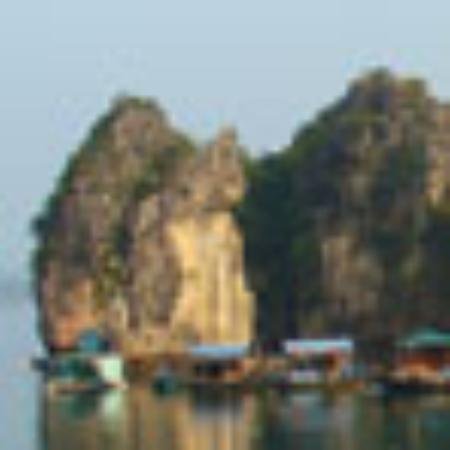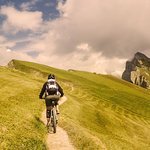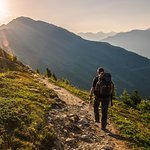Denali West Rib
An aesthetic line sweeping up alongside the massive South Face of Denali, the West Rib is a challenging route for climbers with good technical experience and wishing to push themselves on what definitely qualifies as a “big route.” Steeper, more exposed, more committing, and more serious than its neighbor, the West Buttress, the Rib is all about the climbing.
Just getting to the base of the route is a challenge, as climbers need to negotiate complex glacier travel to make it through the Northeast Fork of the Kahiltna Glacier. The route itself starts with a challenging 50-60 degree snow and ice couloir and remains steep all the way to the plateau known as the Football Field, at more than 19,000 feet.
We have options for how we attempt this route. With increasing frequency, we have been climbing it in “alpine style,” meaning that teams acclimatize on the West Buttress before dropping back down to the lower Kahiltna Glacier to push up the route. This has the benefit of allowing climbers to spend less time on the route, which is very exposed to storms. There are also some very good reasons to climb the route in traditional expedition style, meaning hiking up to the base and climbing it without acclimatizing on another route. How we decide to climb will be based on conversations with our climbers, as well as how conditions seem immediately before the climb.
Since its first ascent in 1959, the West Rib has continued to provide beautiful alpine climbing in a spectacular setting. Its rich history and moderately technical terrain still attract the best climbers as they hone their skills. The first winter and first winter solo ascents were made by climbers who guided for Mountain Trip.
Mountain Trip has been guiding climbers up technical routes on Denali since the early 1980’s. We love this type of climbing! The Rib demands that our guides combine their technical skills with their depth of Denali experience to give committed climbers the best chance of climbing a beautiful line on a huge peak. It doesn’t get much better than that! If you have solid technical climbing skills and are interested in putting them to use on a big, serious climb on a big, serious mountain, get in touch!
We only book this trip on a private basis. If you’re interested in climbing the West Rib, please contact our Mountain Trip Alaska office at [email protected] or (970) 369-1153.

















